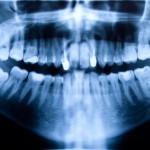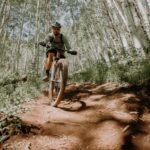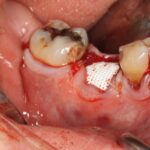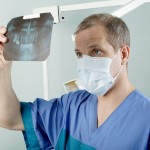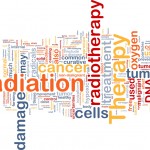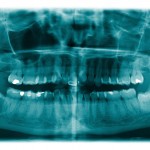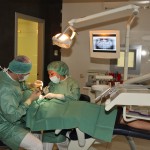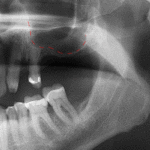
This review of the efficacy of graftless maxillary sinus membrane elevation using the lateral window approach for implantation in the atrophic maxilla included 9 RCTs. While some difference between grafted and graftless sinus lifts were shown at 6 months only a limited number of small short term trials were available.
[read the full story...]